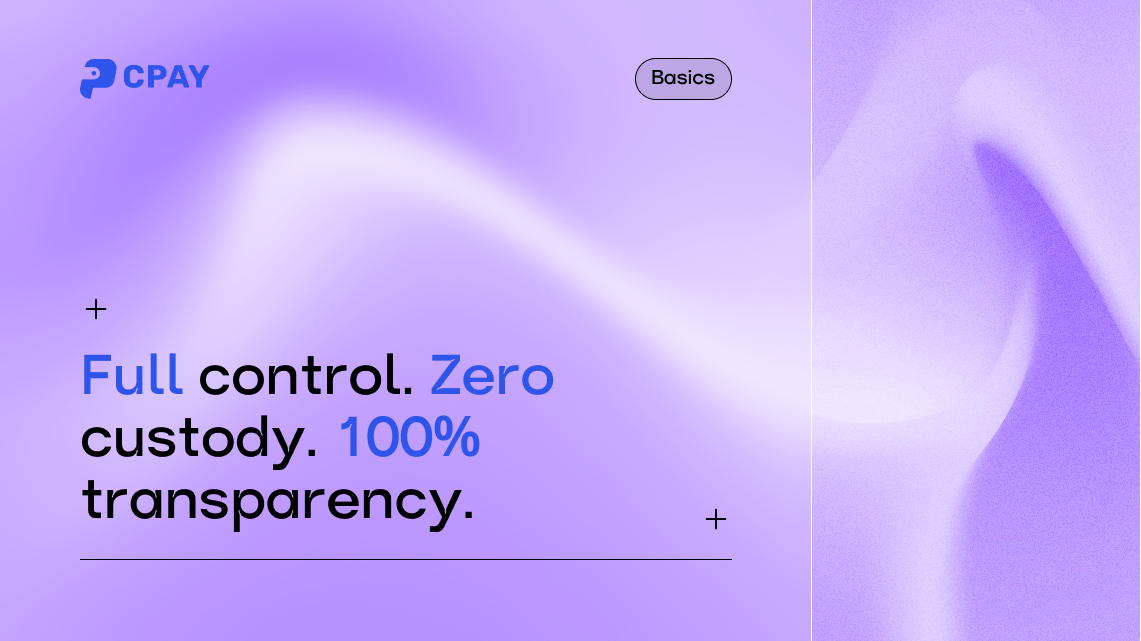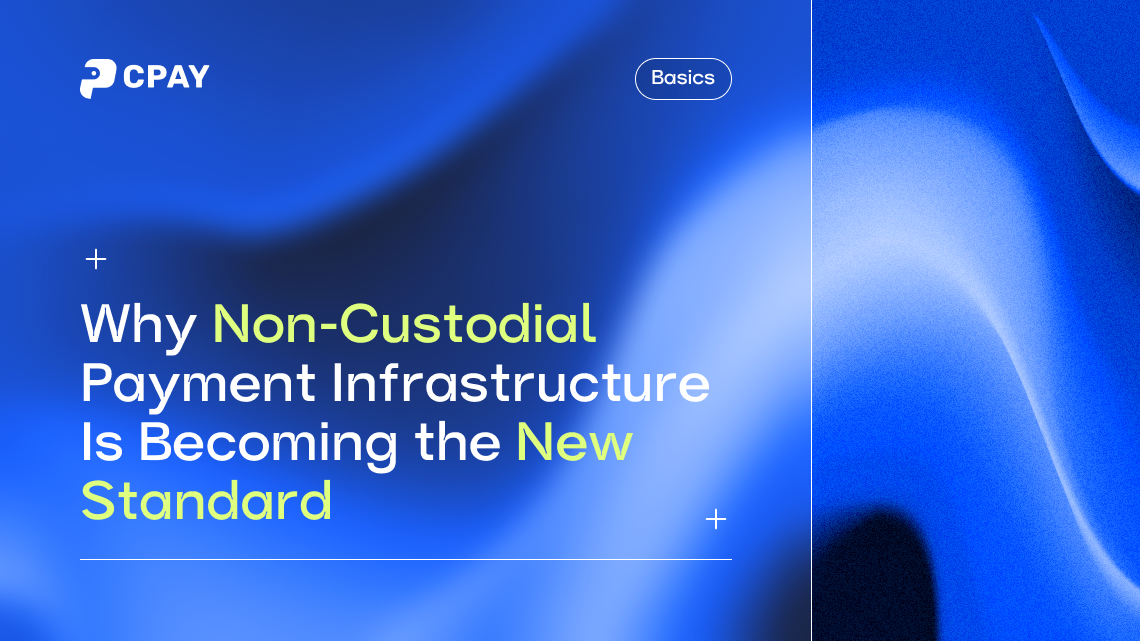In the world of digital payments, trust is everything. Yet, many companies still operate behind closed doors, handling users’ funds without giving them real visibility into what’s happening.
At CPAY, we decided to build a different kind of infrastructure — one that’s transparent by design.
1. Every Transaction Is Traceable
CPAY operates entirely on-chain.
This means every payment, swap, or payout that goes through the system can be verified directly on the blockchain.
Users and businesses don’t have to rely on internal reports or promises — they can independently confirm each transaction using a block explorer.
From the moment crypto enters the gateway until it reaches the final wallet, every step is public, timestamped, and immutable.
No hidden transfers. No blurred lines. Just clear, blockchain-based transparency.
2. Users Have Full Access to Their Funds
Unlike traditional payment processors or custodial services, CPAY gives users direct control over their assets.
Funds are never held “somewhere in the system” — they always remain in user-controlled wallets.
Every business or individual using CPAY can:
- Access their funds at any time
- View real-time transaction data
- Withdraw instantly, without waiting for approval
That’s the power of non-custodial architecture — you don’t need to ask for permission to use what’s already yours.
3. Private Keys Stay With the User
CPAY’s wallet solutions are non-custodial, meaning users — not CPAY — hold the private keys.
This principle is simple but fundamental: Not your keys, not your crypto.
By letting users manage their private keys, CPAY ensures that no third party, including CPAY itself, can access, freeze, or misuse funds.
It’s a level of transparency that goes hand-in-hand with personal sovereignty.
4. CPAY Does Not Touch or Hold Users’ Funds
Many payment platforms act as intermediaries that temporarily hold user balances or process payments off-chain.
CPAY takes the opposite approach.
Our infrastructure is built so that we never touch client assets.
Transactions happen directly between wallets through smart contracts and verified blockchain protocols — eliminating counterparty risk.
This model protects both businesses and their customers, removing a single point of failure and ensuring that funds remain fully auditable and secure at all times.
5. Building a Culture of Openness
Transparency at CPAY isn’t just about technology — it’s about culture.
We believe that businesses operating in Web3 should be as open as the blockchain itself.
That’s why we publish clear documentation, explain our architecture, and encourage partners to verify everything independently.
Because when it comes to payments, clarity creates confidence.
The Bottom Line
In a space where “trust” is often taken for granted, CPAY builds it through transparency, verifiability, and user control.
.png)
No hidden custody. No opaque operations.
Just transparent crypto payments — the way they were meant to be.
Keywords: CPAY transparency, crypto payment gateway, non-custodial wallets, blockchain payments, on-chain verification, crypto infrastructure, self-custody payments, secure crypto transactions.








